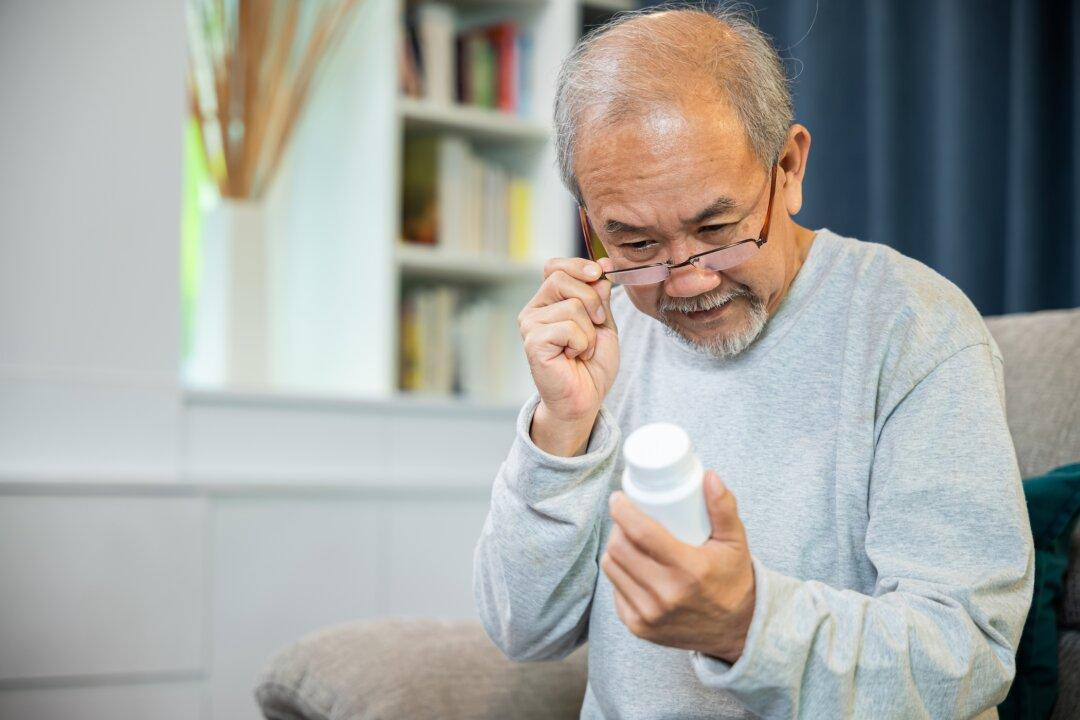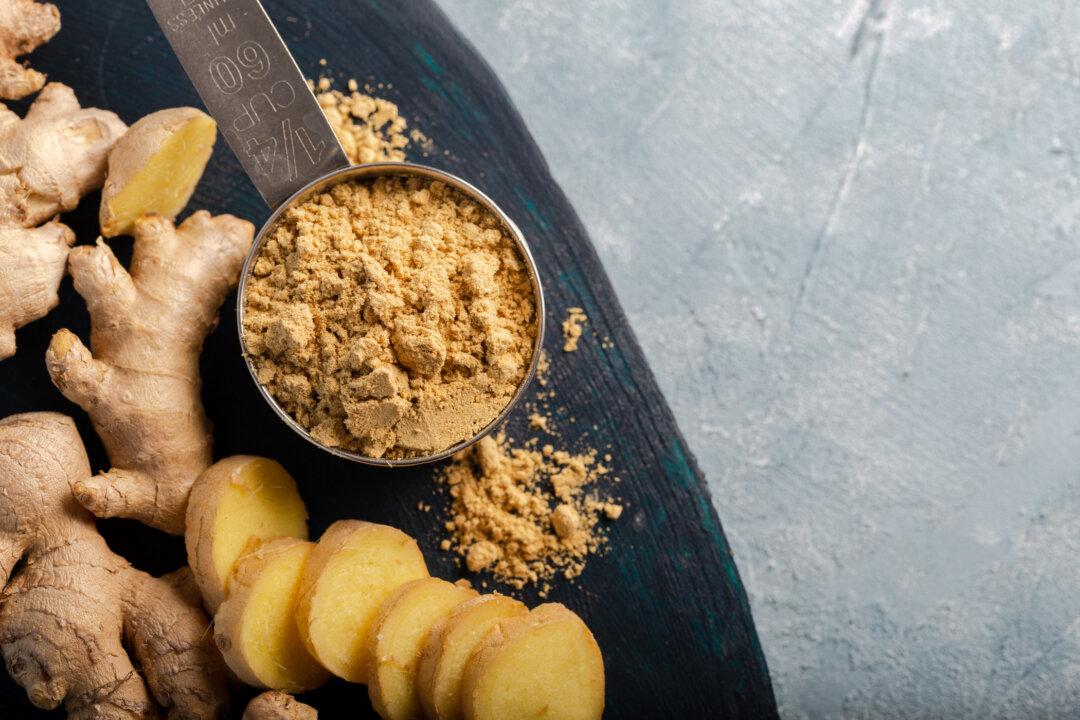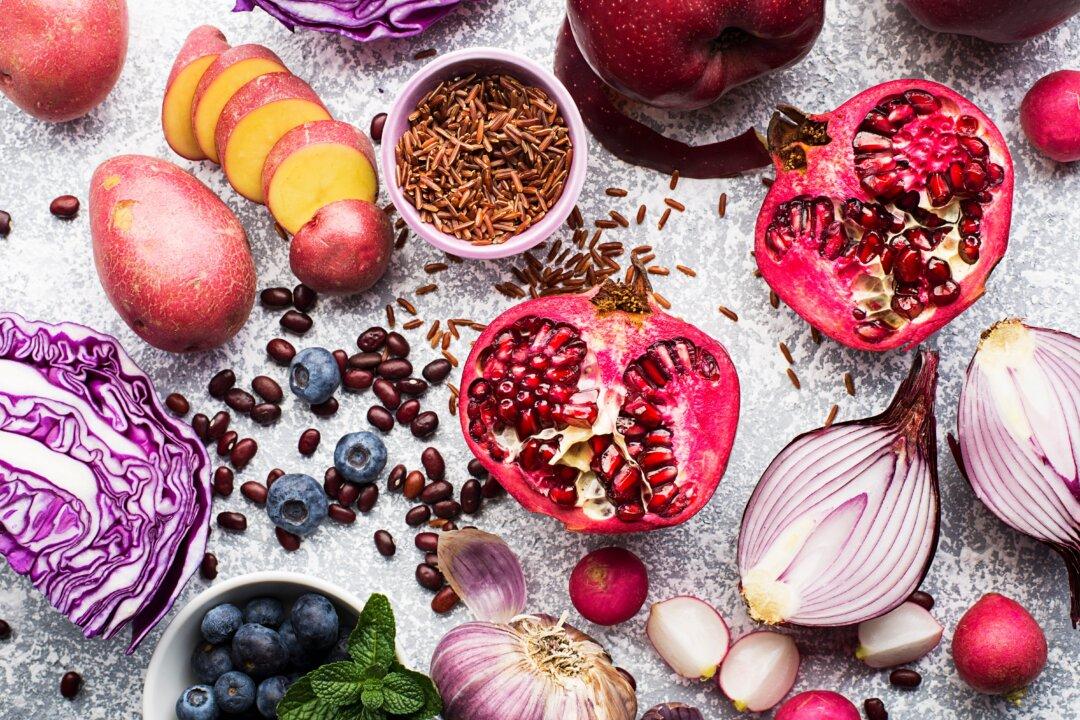Some of the most powerful medicines on the planet are masquerading as foods and spices. While they do not lend themselves to being patented, nor will multi-billion dollar human clinical trials ever be funded to prove them efficacious, they have been used since time immemorial to both nourish our bodies and to prevent and treat disease.
So valued were these in ancient times that they were worth their weight in gold, and entire civilizations either rose to great power or collapsed as a result of their relationship to them.






